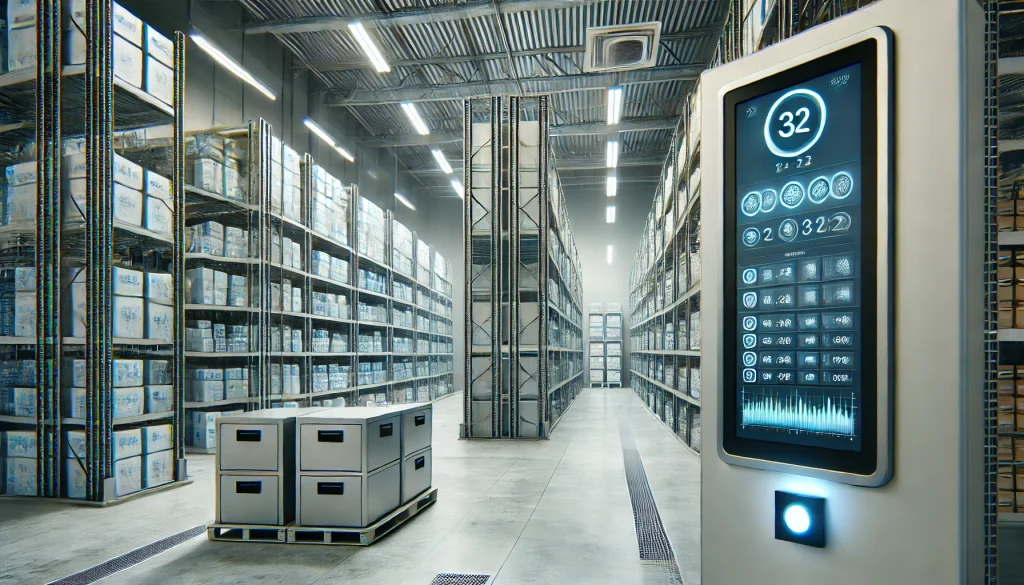
Temperature Mapping
Temperature mapping is a critical process that ensures storage facilities maintain consistent temperatures. It helps identify temperature fluctuations and potential problem areas within the storage environment.
Why Temperature Mapping is Essential
Proper temperature control is vital for the pharmaceutical, food storage, and logistics industries. Temperature fluctuations can lead to product degradation, affecting quality and compliance.
Key Benefits of Temperature Mapping
1. Ensures Regulatory Compliance
Regulatory bodies, including the FDA and WHO, mandate strict temperature control in storage facilities. Temperature mapping ensures compliance and helps avoid legal issues.
2. Protects Product Integrity
Temperature-sensitive products, such as vaccines and perishable goods, require stable conditions. Mapping helps prevent damage due to temperature variations.
3. Identifies Hot and Cold Spots
Every storage facility has areas with uneven temperature distribution. Mapping detects these zones, allowing for corrective actions.
4. Enhances Storage Efficiency
Proper temperature control reduces energy costs and optimizes storage conditions. Based on mapping insights, businesses can adjust HVAC systems.
5. Supports Quality Assurance
A well-mapped facility ensures consistency, reducing product loss and improving customer satisfaction.
How Temperature Mapping Works?
Step 1: Planning and Preparation
Experts assess facility size, layout, and equipment placement. This helps determine sensor locations.
Step 2: Sensor Placement
Temperature sensors are strategically placed to capture variations across different areas.
Step 3: Data Collection
Sensors record temperature variations over a defined period. This data helps identify fluctuations.
Step 4: Analysis and Reporting
Collected data is analyzed to detect inconsistencies. A detailed report provides recommendations for improvements.
Step 5: Implementation of Corrective Measures
Based on the findings, necessary adjustments are made to stabilize temperature levels.
Industries That Benefit from Temperature Mapping
1. Pharmaceutical Industry
Drugs and vaccines need strict temperature control. Mapping ensures compliance with Good Distribution Practices (GDP).
2. Food Storage and Logistics
Perishable food items require stable conditions. Mapping helps prevent spoilage and maintain freshness.
3. Warehousing and Distribution Centers
Ensuring consistent temperature protects stored goods from damage.
4. Healthcare and Laboratories
Medical samples and laboratory materials demand precise temperature control.
Conclusion
Temperature mapping is essential for ensuring product quality, regulatory compliance, and storage efficiency. Investing in this process safeguards businesses from losses and enhances operational reliability. Storage facilities must implement temperature mapping to maintain high industry standards.